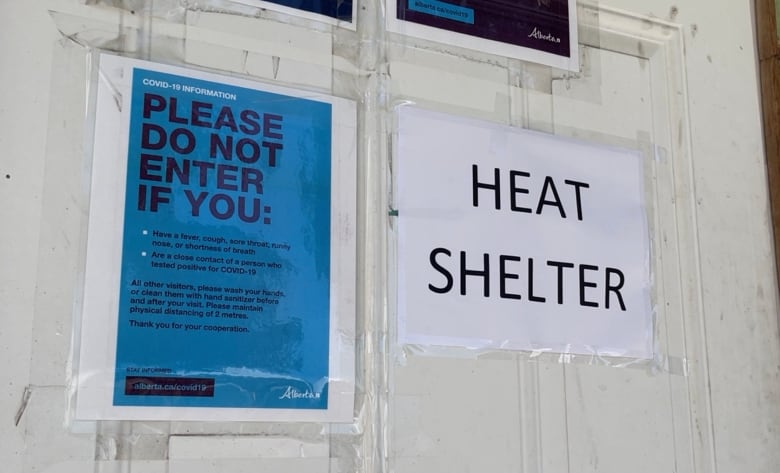Huge Dividend Cripples World’s Largest Oil Company
The transformation of Saudi Arabia’s flagship asset, Aramco, from perpetual cash-generation machine into a debt-laden giant is set to pick up pace in the coming weeks with a series of schemes aimed at raising much-needed funding for the now-beleaguered oil and gas company.
It has not been forgotten by many senior Saudis that the reason for this terrible transformation of the former jewel in the crown of Saudi Arabia’s business sector - and the cornerstone of any power that the Kingdom might have had on the world stage – into a crippled corporate money pit is that Crown Prince Mohammed bin Salman (MbS) did not want to lose face in the initial public offering (IPO) for Aramco upon which he had staked his personal political reputation.
Having opened up the books of Aramco to the scrutiny of the international investment community in the run-up to the December 2019 IPO, so toxic a proposition was Aramco considered to be by then that a range of increasingly desperate measures were taken to sell even a small proportion of the originally intended stake. The most desperate of these was the pledge to guarantee a dividend payment to shareholders in Aramco of US$18.75 billion every single quarter of every single year – a total of US$75 billion every single year.
In other words, each and every year, Aramco has to pay out around three times the entire amount that it received for the entire IPO. Just like the individual who cannot afford the interest repayments on their maxed-out credit card anymore so decides to take on a second credit card debt to pay the interest on the debt of the first – a deadly debt trap from which there is no exit – Saudi Arabia now has no alternative but to continue to sell off assets (the equivalent of selling the family silver, and this can only be done once), sell more bonds (taking on more debt and the interest on this form of Saudi debt is going up with every such sale), and cancel projects (which are crucial to the long-term success of Aramco).
The entire list of money-raising schemes reads like a business school text book of how a company can destroy itself in less than five years. In this case, the start date was 11 December 2019 when the IPO of Aramco was forced through by MbS, despite all sound business logic dictating that it should be put on ice indefinitely due to the lack of broad-based interest from any serious international institutional investors, especially in the West. Since then there have been multiple bond offerings from Saudi Arabia aimed at plugging the ongoing deficit created by the gargantuan US$75 billion per year guaranteed dividend payment to Aramco shareholders.
The problem with this strategy is that the global investment market has a limit to how much Saudi debt it wants to hold at any one time or, to put it another way, in the matrix of their global asset portfolios, international institutional investors have a certain percentage of the total allocated to holding Saudi debt, at which level the risk/reward balance is considered acceptable. After that point, the appetite of international institutional investors drops off a proverbial cliff and the only way to entice them into buying into further debt offerings is to pay them more compensation to take it, in the form of the coupon rate on the bonds. Exactly the same risk/reward analysis, albeit across a broader spectrum of a country’s and corporate’s financial assets, is undertaken by revolving credit facilities offered by banks or similar rating debt-raising mechanism, such as syndicated loans. Just like the aforementioned credit card victim that has reached bottom, there comes a point when the options to refinance the ever-growing debt and its ballooning interest payments just run out.
A sign that this is precisely what is already happening to Saudi Arabia was that the most recent bond sale – in June – was confined to a shariah-compliant bond (sukuk) offering and not a conventional international bond offering as had been the two previous bond offerings by the company (a debut US$12 billion sale in 2019 and an US$8 billion offering in November last year). The market for bonds governed by shariah principles – forbidding investing in activities that can be deemed speculative, involve uncertainty, entail the payment of interest, are fundamentally unjust to participants, or are involved in prohibited businesses (such as gambling, alcohol, and the sale of certain foodstuffs) – is a captive one, often characterised by a lack of suitable supply compared to a steady weight of demand.
The ‘suitability factor’ narrowed the sukuk availability list down further after 2008 when a wide-ranging audit by the global shariah finance watchdog - the Accounting Auditing Organisation for Islamic Financial Institutions (AAOIFI), in Bahrain – revealed that the repurchase undertakings found in around 85 percent of apparently shariah-compliant bond- and equity- fund structures that were based on ‘mudaraba’ and ‘musharaka’ actually violated the Islamic duty to share risk. Given this market structure, even the ‘junk-rated’ Oman was able to draw in more than US$11.5 billion in orders for its US$1.75 billion sukuk offering in June. Saudi Aramco’s US$6 billion tri-maturity sukuk offering did only marginally better, attracting just over US$60 billion in total bids for the paper.
Also fitting were the very recent comments from Aramco’s senior vice president for corporate development, Abdulaziz Al Gudaimi, that are flag a range of further large asset sales in the coming months. According to these comments, these asset sales will happen “irrespective of any market conditions” and will be aimed at producing “double-digit billions of dollars” in funds. The divestment of more of Aramco’s assets will do nothing to improve its business positioning in the coming years, especially in light of the cancellations and suspensions to existing projects that it has been forced to make due to the desire to push through the 2019 IPO, whatever – quite literally – the cost. The once much-vaunted flagship US$20 billion crude-to-chemicals plant at Yanbu on Saudi’s Red Sea coast, for one, has been subject to indefinite rolling suspensions, according to various reports. The similarly high-profile purchase of a 25 percent multi-billion-dollar stake in Sempra Energy’s liquefied natural gas (LNG) terminal in Texas remains uncertain, although Sempra has said that it continues to work with Aramco and others “to move our project at Port Arthur LNG forward.” In the same vein, Aramco has suspended its key US$10 billion deal to expand into mainland China’s refining and petrochemicals sector, via a complex in the Northeastern province of Liaoning that would have seen Saudi supply up to 70 percent of the crude oil for the planned 300,000 barrels per day refinery.
Related: A Contrarian Investor’s Approach To OPEC’s Oil Spat
In the first full year of the cripplingly large Aramco dividend coming due, it had to be financed in large part through budget cuts over and above the US$15 billion in Aramco’s annual capital spending alluded to by Aramco’s chief executive officer, Amin Nasser, just after the first half profits figures were unveiled.
This took the total capital spending down from around US$40 billion to around US$25 billion. Further reports stated that even this US$25 billion figure was reduced by another US$5 billion, taking the total capital spending in the year from US$25 billion to US$20 billion. However, every second of every day of every month of every year - whatever Aramco does, whatever it sells, whatever it cancels, whatever it cuts back, however many people it sacks – the meter keeps on running, adding US$205 million every day to its IPO debt in the form of obligated dividend payments.
Just in the last year or so alone, Aramco’s debt levels have soared, with its debt to equity gearing increasing by 28 percent from minus 5 percent in early 2020 to plus 23 percent in March this year, way above the company’s own debt/equity ratio cap of 15 percent. Even with oil prices currently around the healthiest levels they have been since Aramco was ordered by the state to overproduce to crash oil prices in yet another failed Saudi-instigated oil price war in 2020, the once formidable state oil firm is struggling every time to meet the crushing dividend payment schedule, despite continuing to make good profits. Indeed, just over a month ago, Aramco declared a 30 percent jump in first-quarter 2021 profit, thanks to the recovery in oil prices, but the company’s free cash flow still fell significantly short of the US$18.75 billion dividend obligation for that period.
By Simon Watkins for Oilprice.com










